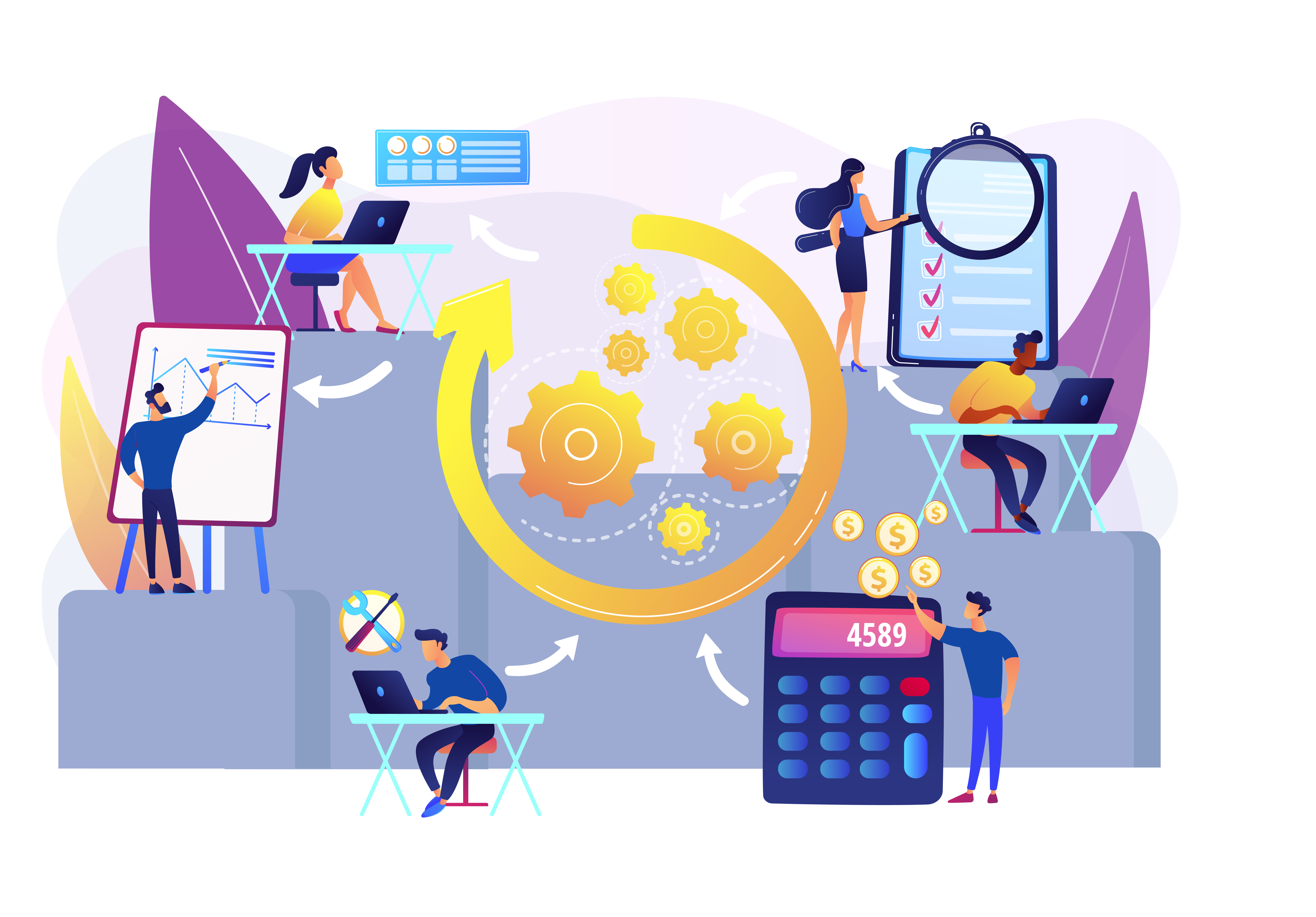Ongoing training and competency management efforts are vital for organisations in maintaining effective service delivery. Keeping staff competent, via mandatory ongoing training for their role, is often a regulatory issue. Offering staff opportunities to expand upon their core competencies makes the same process beneficial to the development of your workforce.
Whilst training and competency management are closely linked, there are some differences.
Training management
Certain training courses are mandatory in most professional environments. For example, offices require a number of trained first aiders and fire wardens. Such training needs refreshing every three years, so having staff with those competencies in the office requires them to be trained on an ongoing basis.
In more public facing and safety critical roles, ongoing mandatory training in aspects of health and safety is required. Not fulfilling these training obligations leaves firms at risk of staff carrying out their tasks improperly.
Keeping on top of these courses is vital. A central system helps firms to set reminders and book in mandatory courses for their employees. Such a system can also help to keep track of attendance, ensuring that courses have been attended and completed.
Using the same system, organisations can also make their training courses open to their employees for them to book onto when it suits them. This makes your training management more flexible and opens up training opportunities to employees who may find them interesting. By offering the opportunity to expand on their professional interests, training management can help with staff morale and career development.
If you can train and bolster the competencies of your existing workforce, it makes life easier if you need to move staff around tasks to keep project and service delivery on track during times of strain.
Running training courses also incurs an expense. It makes sense to monitor attendances and interest in certain courses, so that you can offer tailored and more relevant courses to your workforce. Where spaces are likely to be free in arranged courses, having robust oversight of this enables you to open course registration within your organisation, or even sell spaces to other industry firms, the employees of which also need to attend such a course.
Competency management
Competency management is closely, even inextricably, linked to training management. Where it differs in the first instance is in the recruitment of new employees. If an employee says they have the necessary qualifications to fulfil the role for which you are employing them, competency management is the simple act of ensuring that they are indeed appropriately qualified.
For example, if you’re employing someone to do a driving job, it’s prudent to check that they have a driving licence. Where competency management would link with training management in such a scenario would be if you need that employee to further their driving credentials at a point in the future. So, for example, you may need to enhance their competency and send them on an advanced driving course.
Ongoing training plays a crucial role in competency management, too. As mentioned above, in many industries ongoing training is mandatory. This keeps your workforce competent for the tasks that you need it to be competent for.
Where competency management extends this is by linking to performance. If a certain employee is involved in a certain number of similar incidents, it can be a good idea to try and find out why and assign them to an appropriate training course. This means that you are taking reasonable steps to provision for both employee and customer safety, whilst also keeping your services running smoothly.
Assessing staff competencies on an ongoing basis, therefore, is crucial. In the same way that you would schedule an employee, assessors need to be scheduled to staff members and teams to periodically check their work. On the rail network, for example, such assessments take the form of an assessor conducting a ride along with a train driver to check that they are carrying out their job appropriately.
If all is well, this can be logged instantly in a central system. Similarly, if errors are detected, these can be logged instantly, with any follow-up tasks, such as another assessment or the requirement for further training, being actioned straightaway. This helps to ensure that the competencies of your staff are covered, whilst linking directly to your training management for mandatory and remedial courses.
Maintaining a central database of your workforce and its competencies fundamentally helps you to ensure that your have the right people performing the right tasks. A robust competency management framework benefits your scheduling efforts, too, since your administrative teams responsible for scheduling can assign tasks with peace of mind that those employees being rostered are appropriately qualified and/or experienced for the role to which they are being assigned.
Furthermore, a central competency management system feeds into other areas of your organisation. In being able to swiftly and accurately assess the strengths and weaknesses of your workforce, you can make informed decisions in other areas such as recruitment.
Training management and competency management for your entire organisation
The benefits of having robust training and competency management across your organisation are clear. Fulfilling mandatory ongoing training obligations whilst at the same time opening up opportunities across your workforce to expand upon their competencies is hugely beneficial.
Keeping staff competent is one thing but offering career progression boosts morale and helps to keep staff working for your organisation rather than having to seek opportunities elsewhere.
Ultimately, your workforce is your point of project and service delivery. Maintaining and understanding the array of skills and experiences drives effective and efficient delivery. Plugging this into other areas of your business, such as scheduling, enables your organisation to be agile in the face of short-term changes and responsive in remedying medium and longer term issues which are more easily identified with a bird’s eye view of your workforce.
Getting your training and competency management frameworks to dovetail will help drive understanding of your workforce, which in turn will help effective and efficient deployment to projects and services.
CACI has recently published a whitepaper, Effective workforce management to improve outcomes across your business which explores this topic in more detail. You can download your free copy here.








